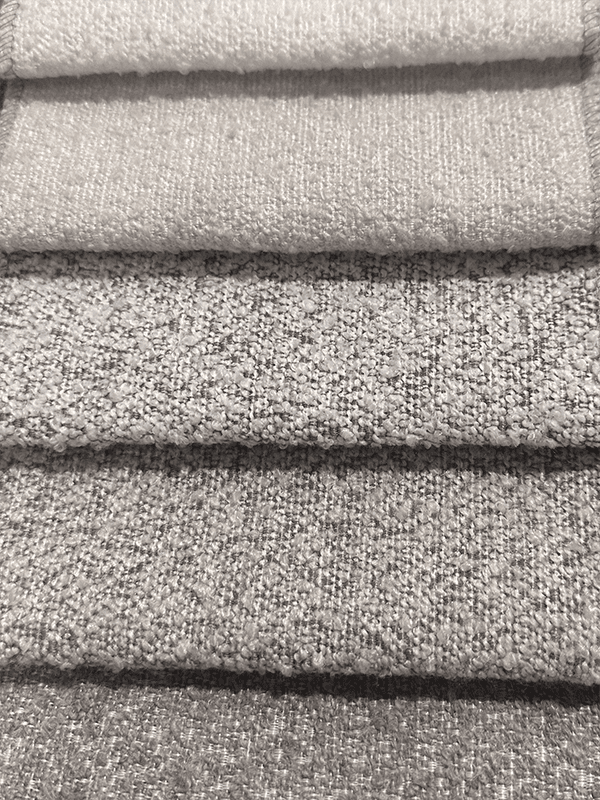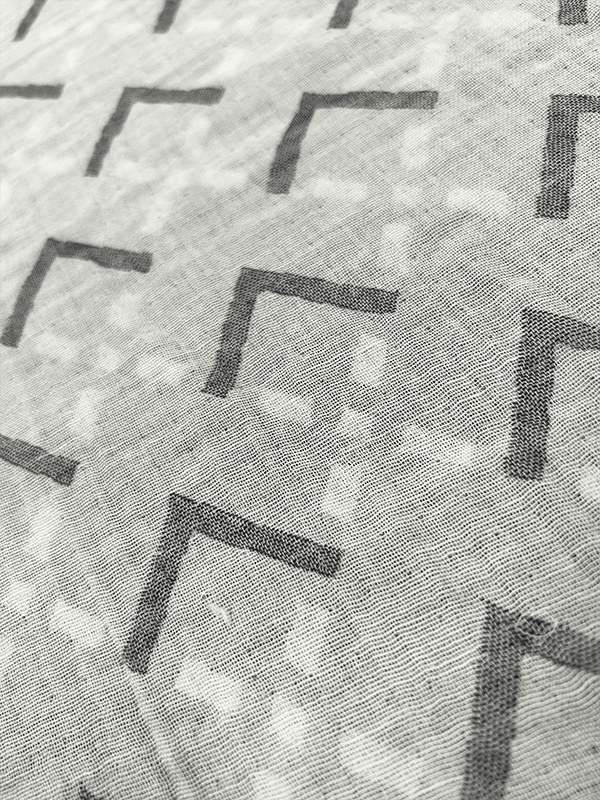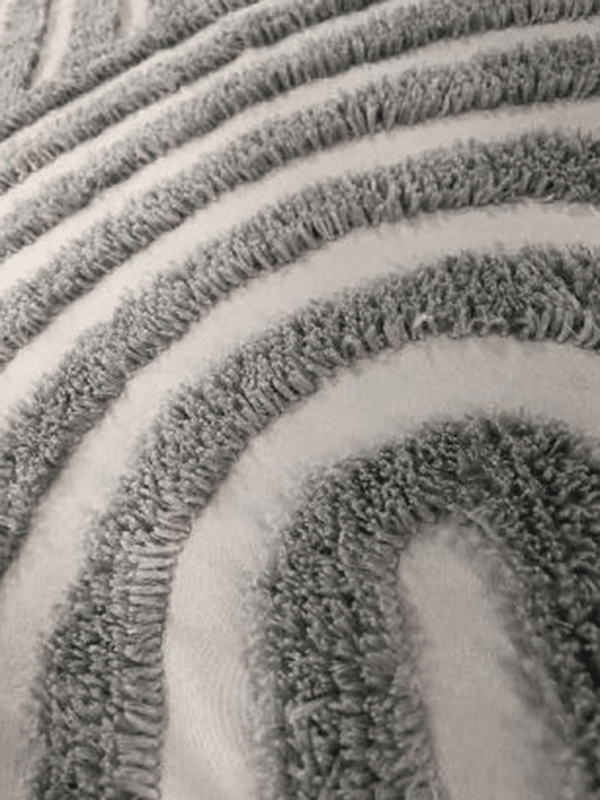During daily use, proper cleaning and care are the key to maintaining the comfort and beauty of bedding fabrics. Fabrics of different materials have different care requirements, so understanding the characteristics of each fabric and taking the correct cleaning and maintenance methods can effectively extend the service life of bedding while maintaining its comfort and appearance.
Cotton fabrics are popular because they are natural, breathable and comfortable. In order to maintain their comfort and beauty, the following care measures should be taken:
Cotton bedding can be machine washed, but mild detergents should be used and bleach should be avoided. The water temperature should be controlled between 30°C-40°C to avoid shrinkage caused by excessively high temperatures.
Cotton fabrics are prone to shrinkage, so avoid drying at high temperatures for a long time. You can choose to dry at low temperatures or dry naturally.
Cotton fabrics are prone to wrinkling, and can be ironed with a medium-temperature iron when the fabric is slightly damp to restore its flatness.
Tencel is an environmentally friendly and comfortable fabric with good breathability and moisture absorption properties. Care for Tencel fabrics requires special attention:
It is recommended to wash by hand or use the gentle mode of the washing machine, with the water temperature not exceeding 30°C. Use mild detergents to avoid damaging the fibers.

Tencel fabrics are easy to absorb moisture and deform in water. Avoid soaking for a long time when washing. Take it out immediately after washing and wring it gently.
Tencel fabrics are best dried naturally and avoid exposure to the sun, as ultraviolet rays may cause its color to fade.
Ironing: You can use a low-temperature iron to avoid damaging the fabric with excessive temperatures.
Bamboo fiber bedding has natural antibacterial, breathable and moisture-absorbing functions, suitable for sensitive skin. Care requires special attention:
Bamboo fiber fabrics can be machine washed, the water temperature should be controlled below 30°C, and neutral detergents should be used. Avoid using detergents containing bleaching ingredients.
Bamboo fiber is relatively soft. Avoid washing it with rough fabrics during the washing process to avoid fiber damage.
Natural drying is ideal. Avoid long-term exposure to the sun to prevent the fabric from becoming brittle or fading.
Linen bedding is favored for its unique texture and breathability, but care should be taken:
Linen fabrics should be hand washed or machine washed in the gentle mode. The water temperature should be controlled between 30°C-40°C, and avoid using overheated water to avoid shrinkage or deformation.
Linen fabrics can be dried naturally, but should be avoided from excessive exposure to the sun to prevent color fading. They can also be dried at low temperatures, but avoid high temperatures.
Linen bedding is prone to wrinkling, and can be ironed with a medium-temperature iron when the fabric is slightly damp to restore its flatness and comfort.
Wool bedding has good warmth retention, but wool fibers are relatively fragile, so be careful when washing:
Wool bedding is generally recommended to be dry cleaned. If hand washing is required, a special wool detergent should be used and excessive friction should be avoided. The water temperature should be controlled in the cold or warm water range.
Wool fabrics are very sensitive to bleach, and the use of bleach will damage the fibers, so they should be avoided.
Wool fabrics should not be machine dried, and it is recommended to lay them flat to dry and avoid exposure to the sun. Do not hang wool bedding to prevent deformation.
You can use a low-temperature iron for ironing. It is best to put a layer of cloth on the wool fabric to prevent the fabric from being burned.
Silk bedding is high-end and has an excellent feel and luster, but it needs special care:
It is recommended to wash silk bedding by hand, and the water temperature should be controlled in the cold or warm water range. Use a special silk detergent and avoid using ordinary laundry detergent.
Silk fabrics are more delicate, so avoid rubbing when washing, just rub gently.
Silk should be dried naturally and avoid exposure to the sun. You can gently absorb the moisture with a clean towel and then lay it flat to dry.
Silk fabrics can be ironed with a low-temperature iron. It is best to put a thin cloth on the silk fabric to avoid direct contact with the high-temperature iron.
Synthetic fiber bedding is durable and easy to wash, but you also need to pay attention to some details:
Synthetic fiber bedding can be machine washed, and the water temperature should be controlled between 30°C-40°C, using neutral detergent.
Synthetic fiber fabrics are not easy to shrink, but overdrying may affect their comfort and appearance. Low temperature drying should be selected.
Synthetic fabrics usually do not need ironing, but if wrinkles need to be removed, a low-temperature iron should be used and a layer of cloth should be placed to avoid direct contact.
The frequency of cleaning of bedding should be determined according to usage, and it is generally recommended to wash it every 1-2 weeks. Avoid excessive washing to reduce wear and tear on the fabric.
Bedding should be changed regularly to avoid long-term accumulation of sweat and stains, which will help keep the bedding clean and comfortable.
Long-term exposure to the sun will cause fabric fading and aging, and bedding should be avoided from being exposed directly to the sun.
Through these reasonable cleaning and care methods, the comfort and beauty of bedding fabrics can be effectively maintained, while extending their service life. Different fabrics require appropriate care methods according to their characteristics to avoid damaging the fibers or causing unnecessary fading.

 English
English 中文简体
中文简体 Español
Español عربى
عربى













